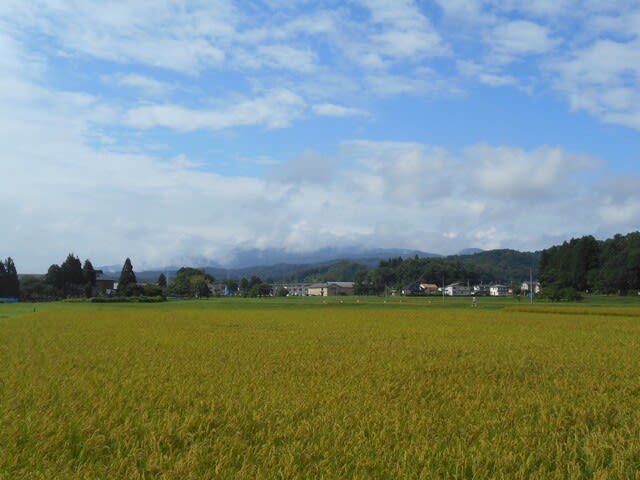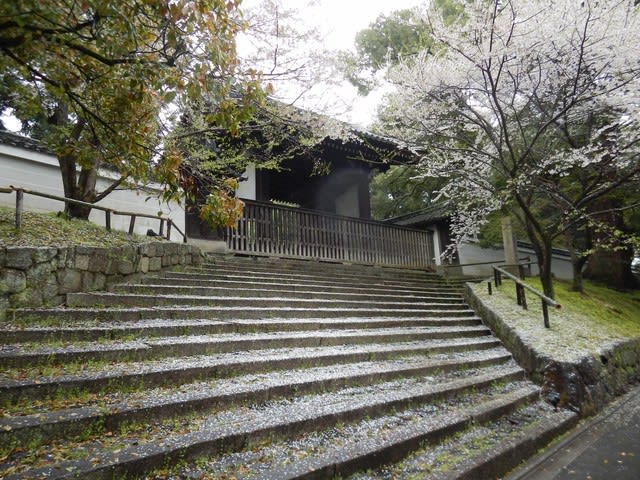Regarding the formation of a cosmopolitan civilization, the rapid expansion of the Mongol empire must have had a major impact following Islamic civilization. In terms of rapidity, its speed was comparable to the rise of Islamic civilization with the appearance of Muhammad*.
*Arab empire expansion chronology and Mongol empire expansion chronology
The expansion rate of the Arab empire
630 Muhammad captured Mecca
632 Muhammad died, Abu Bakr became caliph.
634 Umar became caliph.
636 Battle of Yarmouk (victory against the Byzantines)
637 Battle of Kadeisiyah (victory against Persia)
642 Battle of Nihavand (victory against Persia)
661 Umayyad dynasty established
The Islamic powers formed the framework of the Arab empire in only five years after Muhammad's death. And Muwawiah, who later founded the Umayyad dynasty, was the son of Aboosfyan, a former enemy of Muhammad. It took almost 30 years after Muhammad's death to form the Umayyad dynasty.
Expansion rate of the Mongol Empire
1206 Mongol unification
1219 Western expedition begun
1227 Genghis Khan died
1234 Ogotai destroyed Jin
1236 Batou begun western expedition
1253 Flag started the west expedition
1279 Yuan destroyed the Southern Song Dynasty
The expansion speed of Mongol forces may had been a little slower than the expansion speed of Islamic forces. Over the course of three generations, the Mongol empire expanded. The Southern Song Dynasty did not perish even after about 30 years from the death of Genghis Khan, but Ogotai destroyed Jin in seven years after his death, and it can be said that the Mongol Empire was established at this point.
Just as the expansion of Islamic civilization was due to the seizure and expansion of commerce, it seems that the rapid expansion of the Mongol Empire was also the reason for this. Mongolia was based on advanced Islamic civilization, and China (Yuan) did not rely on Chinese civilization either. The Uyghur merchants and Muslim merchants were entrusted with economic management. The Mongolian imagination is clearly connected to modern China's "One Belt, One Road" initiative. Cosmopolitanism in the Yuan and Mongol empires was not necessarily based on religion in Islamic civilization. However, as the Il Khanate, the Kipchak Khanate, and the Chagatai Khanate became Islamic nations, their position was expedient and their religions were pluralistic. However, in places like China, which had a unique civilization, it seems that there was a strong resistance to being assimilated into Islamic civilization, and in the Yuan dynasty, the royal family became inclined to Lamaism, and this was one of the reasons. Although it was originally tilted as one, there seems to be a slightly deeper meaning here*. It is in the sense of the essential difference between Islamic civilization and Chinese civilization.
*Il Khanate, Kipchak Khanate, and Chagatai Khanate eventually adopted Islam as the state religion, but in the Yuan dynasty it was changed to Lamaism. Lamaism had a strong shamanic tinge and was very similar to the mental state of the Mongols. On the other hand, in the Chinese civilization, which was later destroyed by the White Lotus sect, the intellectuals were Confucianism, the masses were Buddhism and Taoism, and the economy was controlled by Islam. In the later conquest dynasty, the Qing dynasty respected Confucianism, which is the morality of the elite of Chinese civilization, as a pose to some extent, whereas the original viewed Chinese civilization lightly and at the same time wanted to make his own mental state a religion as it was. It seems that there was. While the other three khanates faced a universal ummah, a social community called the Islamic community, the Yuan faced (from the Mongolian's point of view) no universality. It seems that the veneration of Lamaism was a countermeasure against Chinese civilization, which tended to assert itself strongly, and the dependence on Lamaism became stronger with the decline of the Yuan Dynasty.
The establishment of a cosmopolitan civilization in Europe had, to some extent, a spontaneous element. During the First Crusade, Europe made contact with the Seljuk Turks and the Fatimid dynasty, but European civilization in this period was under the power of the Roman papacy, moving from decentralized feudal rule to consolidation. It was also the era when nations began to emerge*. The economic situation of the Byzantine Empire remained as a trading power in the Mediterranean, but it gradually weakened and was replaced by Venice and other Italian cities. This papal system adopted Latin as a common academic language, and established new cosmopolitan universities in theology and law. In the Middle Ages, monasteries and knightly orders cleared the land, and they played a central role in expanding the territory of European civilization.
*Participation in the Crusades
1st Crusade (1096-99) Occupied the Holy Land in 99. Kingdom of Jerusalem established.
2nd Crusade (1147-49) organized by German and French monarchs, failed.
3rd Crusade (1189-92) Ayyubid Saladain captured holy land. Organized by Germany, France, and England. Pilgrimage permit agreement only.
The 4th Crusade (1202-1204) did not go to the Holy Land, conquered Constantinople, and established the Latin Empire.
The Fifth Crusade (1216-1221) attacked Egypt and failed.
6th Crusade (1228) Frederick II of Germany secured the Holy Land through diplomacy, which was recaptured by the Seljuk Turks.
7th Crusade (1248-54) Louis IX of France attacked Egypt and failed.
Eighth Crusade (1270), Louis IX of France attacked Tunis, canceled due to King Louis dying of illness.
The Crusades took place from 1096 to 1270, about 200 years, during the time of the Popes. In the first half, the influence of Germany: the Holy Roman Emperor was strong, but in the second half, the influence of France was becoming stronger. The Byzantine Empire, which was a trading nation, was taken over by France and Venice (Latin Empire), and Genoa tried to revive Byzantine. Meanwhile, the conflict between the pope and the emperor continued, reaching a peak at the time of Frederick II, but the power of the emperor declined and the power of France, which had allied with the pope, increased. What emerged throughout the Crusades was the rise of the Italian city-states, the rise of the British and French centralized states, the decline of the power of the popes and emperors, and the Black Death due to trade during the 14th and 15th centuries. 1346-1350) spread throughout Europe, and the Hundred Years' War between England and France (1339-1453) prolonged the life of the Italian city-states.
The cosmopolitan characteristics of Islamic civilization began with a religious community (Umma), passed through the tyranny of the Abbasid dynasty, and was shaped and expanded by the gradual universalization of the spiritual world and the separation of the secular state (9th century). In contrast, in European civilization, a spiritual society was formed out of resistance to the secular society (from the activities of the Cluny Abbey to the struggle for the right to sanction), and the Catholic Church, a religious organization responsible for a robust spiritual world, emerged. In the midst of the chaos caused by the invasion of foreigners, I have the feeling that the ``secular society that had been separated'' was entangled in a net. , and as a result, a cosmopolitan civilization was formed. Even if we call it a cosmopolitan civilization, it seems that the formation process of Islamic civilization and European civilization was greatly different. .
The influence of the Mongol Empire was added to both Islamic civilization and European civilization, but the development and expansion of Mongolia for the European civilization sphere initially took the northern route that avoided Islamic civilization ( Lubrok and Marco Polosfather traveled). The cosmopolitanization of European civilization was partly influenced by the cosmopolitan civilization of Islam, but it may be said that it was more influenced by the cosmopolitan civilization of the Mongol Empire. This is because, in the next era, the Age of Discovery, when he traveled around the Cape of Good Hope and headed for Asia, he hoped that there would be a country of Prester Jhon*, and a vast amount of goods would be found beyond Islamic civilization. It was possible to recognize that India was in Southeast Asia within the Mongolian world system, and the major motivation for the activities of the merchants was to use the trade network established during the era of the Mongol Empire. Isn't it (the discovery of the new continent was a by-product of that)? In addition, the spread of the Black Death, which has driven European civilization into a miserable state, originated in the port of Kaffa (Kipchak Khanate) in the Black Sea, and was brought to Genoa by merchant ships. can be said to have received
※Legend of Saint John
A legend believed in Western Europe between the 12th and 16th centuries. It was said that there was a Christian priest king in Asia, and Pope Alexander III and King Louis IX of France sent envoys to attack Muslims.
All rights reserved to M Ariake






























